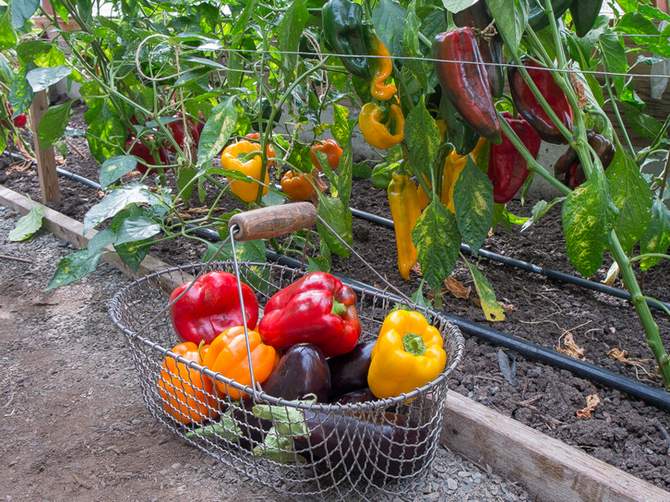 Sweet pepper is grown in our country in various regions. Despite the fact that the culture is thermophilic, gardeners from Siberia, the Urals, and regions of the North-West of Russia get good yields when cultivated in greenhouses, not to mention the more southern territories.
Sweet pepper is grown in our country in various regions. Despite the fact that the culture is thermophilic, gardeners from Siberia, the Urals, and regions of the North-West of Russia get good yields when cultivated in greenhouses, not to mention the more southern territories.
Using top dressing, summer residents remove large and juicy multi-colored fruits, as if proving to nature that in harsh conditions everything can be grown. That's about the right feeding and we will talk.
Content
How to feed pepper after planting in the ground
Plants from the large solanaceous family, which include pepper, require special care. Full-fledged fruits will form and ripen only if the plants are lacking in nutrition, the necessary trace elements and vitamins.
Therefore, when growing crops, they pay attention to the nutritional value of the soil, introducing in advance all the necessary fertilizers. Each summer resident uses the options available to him, as some use mineral fertilizers, while others strive to grow crops without “chemistry”.
Various fertilizer application schemes before planting peppers:
- approximately 20 grams of potassium salt and 40 grams of superphosphate;
- 30 grams of superphosphate and the same amount of ash.
The components are mixed and made for digging, the amount is indicated per square meter of soil. It is also recommended to fill the ridges with mullein or rotted compost in the autumn.
When planting peppers in the holes, you can add about 100-150 grams of humus. In well-fertilized soil, the plants will be comfortable; at the initial stage of the growing season, they will not experience nutritional deficiencies.
Immediately after planting seedlings on ridges or in a greenhouse, top dressing is not carried out. The optimal time for the first “lunch” is 15-18 days after transplantation. At this time, you can use organics, but during the period of mass flowering and fruiting, peppers need potassium and phosphorus.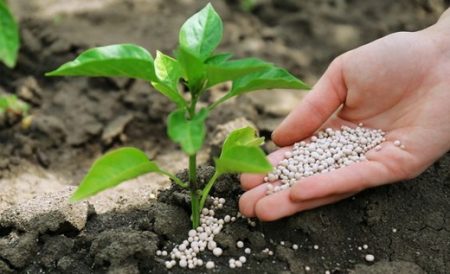
Signs of nutritional deficiencies
The recommendations of specialists are always general, and first of all, the gardener should observe the plants. The appearance of peppers, the color of leaves, stems can tell what elements in the nutrition of seedlings are not enough.
- Poor growth, blanching and yellowing of leaves from the main vein to the edges, falling off - all these signs indicate a nitrogen deficiency. This component is vital for plants, but at the same time, a supersaturation with nitrogen should be avoided, since then the peppers will intensively build up green mass.
- An excess of nitrogen can lead to the fact that peppers will not be able to properly absorb other necessary trace elements, such as calcium. With its deficiency, gray or yellowish dots appear on leaf blades, growth points begin to die out, and the root system grows poorly. The leaves become awl-shaped, curl, peppers slow down growth.
- The appearance of bluish spots on the leaves, and then a color change from green to violet-red is a signal that the peppers lack phosphorus. Twisting of leaves begins, the stalk becomes thinner, flowering of plants slows down. Typically, phosphorus deficiency manifests itself in the middle of the growing season, when the first fruits are already taken, and the next flowering (fruiting of peppers goes in waves) is very late.
- The curling of the leaves and the appearance of a light border on the contours shows that the peppers need urgent fertilizing with potassium. Such phenomena can occur in the first wave of flowering, and later. The yellow border on the leaves dries up, falls off, and spots appear on the fruits of the pepper.
- On clay soil, as well as in soils with a large amount of lime, peppers often have iron deficiency. This is manifested in a change in the color of leaf blades, the appearance of bright spots between the veins. After some time, the veins themselves turn yellow, the leaves begin to dry out and die.
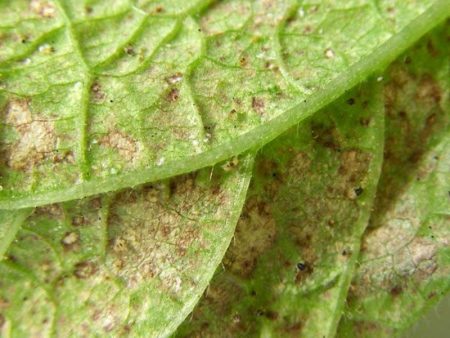
Having noticed some negative changes in the state of the plants, it is necessary to determine their cause as soon as possible (most often this is precisely the lack or oversupply of some components) and eliminate it.
So, with an excess of nitrogen, phosphorus and potassium fertilizers are required, and when oversaturated with potassium, ammophos is fed. But more often there is a deficiency of components, and in these cases it is necessary to replenish the nutrition of plants:
- with nitrogen starvation give a diluted mullein (1:10),
- phosphorus deficiency is compensated by the introduction of superphosphate;
- potassium sulfate will help with a lack of this important substance for peppers;
- with a lack of iron or zinc, the best option is to use Kemira Lux or Kemira Combi (spraying) to top up the formulations.
It is necessary to strictly observe the dosage of fertilizers and follow the instructions. Top dressing is applied immediately after the plants have been watered, and after that the soil is gently loosened (if there is no mulch).
It is advisable to alternate organic and mineral components, also alternate root dressing and spraying.
When is feeding necessary?
The fertilizer application schedule is largely determined by the type of soil, its fertility, as well as the condition of the plants themselves. Peppers planted in small-sized greenhouses can be fed less often - once every three weeks, for greenhouse plants the standard scheme is once every 14 days.
You can not rush to the first top dressing if peppers grow well after planting and if the soil has been well seasoned with all nutrients from autumn and spring.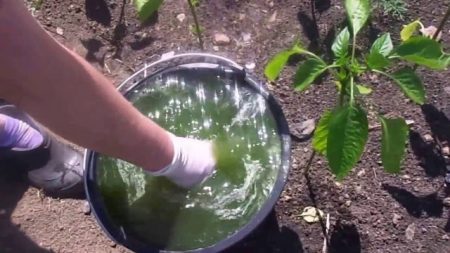
After two weeks, you can feed the peppers with a diluted mullein or bird droppings (1:10 and 1:20). The next top dressing will most likely be already in the period of ovaries (in two weeks) and it is better to use superphosphate and potassium sulfate (a tablespoon of the first component and a teaspoon of the second are bred in a bucket of warm water).
Foliar top dressing gives good results - spraying on peach leaves. Options:
- to stimulate the growth of peppers, you will need to dilute a teaspoon of urea (the amount is given per bucket of water);
- Boric acid is used to improve flowering and stimulate the ovaries (take a teaspoon in a container of 10 liters);
- during the period of fruit formation, spraying the bushes with a solution of superphosphate is suitable (half a bucket of water will require a teaspoon of tea fertilizer).
As a component of the composition for spraying, wood ash is often used.
Pepper feeding during fruiting
The first fruits of pepper reach a state of technical maturity by about 90-100 days after emergence. But the timing depends on the variety, and ripening takes up to 15-20 days.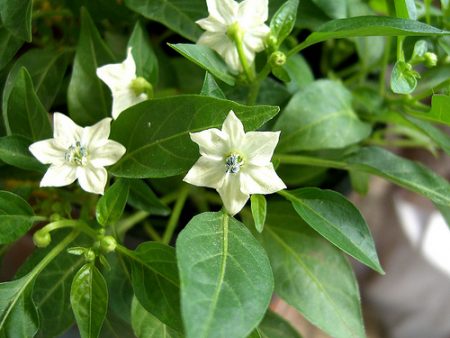
At this time, the peppers need additional top dressing, as they will have a new flowering, the formation of ovaries, fruits. As fertilizers used:
- wood ash (scattered on the surface of the soil);
- potassium salt and superphosphate (for 10 liters of water you need to take two teaspoons of the components);
- sodium humate solution (1 gram per bucket of water).
A very good help is the "green" fertilizer, thanks to which peppers get all the necessary nutrients.For cooking, grass is half laid in a barrel (nettle, clover, dandelion are suitable), everything is poured with water, closed and insisted for up to 10 days. You can add ash (up to 5-6 liters). Infusion is regularly stirred.
After the specified time, the composition is diluted in water (liter of infusion per bucket) and watered peppers.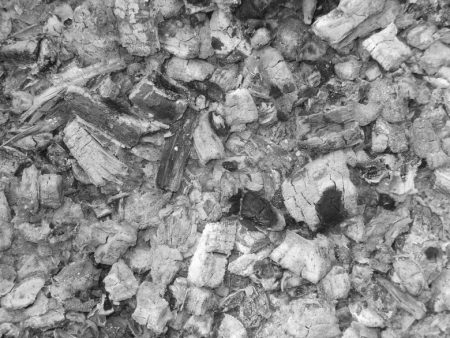
The use of folk remedies
The use of topical formulations that are made at home and without “chemistry” allows gardeners not only to save on the purchase of expensive drugs, but also to grow an environmentally friendly crop.
The difficulty is that often the preparation of mixtures is carried out “by eye”, and therefore it is better to take lower dosages than to allow an overabundance of components. Among the most popular tools:
- ash (this component breaks all records, as it is used not only for feeding, but also to protect garden crops from pests and diseases);
- yeast;
- iodine;
- boric acid (compositions with its use have already been given above);
- honey;
- peel of bananas;
- ammonia;
- potassium permanganate.
Gardeners also use coffee grounds, egg shells, dairy products, and onion husks.
Ash is used in a variety of ways:
- scattered on the surface of the beds;
- add to the wells when planting pepper seedlings;
- Insist in water and water the plants, and also apply the solution for foliar spraying.
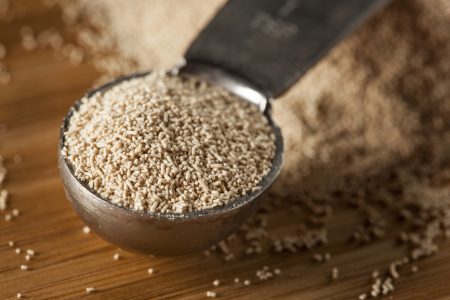
For watering plants, an aqueous solution of iodine is used (10 grams per 10 liters of water), an infusion on an egg shell, and potassium permanganate is also diluted in water.
Recently, many summer residents began to actively practice the use of top dressing, which is based on ordinary baker's yeast. Apply "live" products, as well as yeast in the form of a dry powder. In all recipes, it is required to observe the dosage, as well as infuse the solution.
- About 100 grams of yeast (“living”) is taken on a bucket of warm water, then the mixture is insisted for about a day and a half and the peppers are watered.
- Water (5 liters) is poured into the container, a little is added - up to 2 grams of ascorbic acid, sugar (two tablespoons is enough) and a spoonful of dry yeast powder. All is mixed, left for a day, after which it is diluted with water in a proportion of 1:10 and watered flowering peppers.
Banana lovers should be aware that the skin of these fruits contains a large amount of potassium. And this component is necessary for the peppers during flowering. Therefore, it is not worth throwing the peel, but it is better to dry it, then grind it into powder and pour it when planting peppers in the holes.
Also, experienced summer residents do not throw eggshells, collect them and in the spring they dig them into the soil for digging. Inshell infusion is applied under plants to improve soil structure and saturate it with nutrients.
Milk whey diluted in water also helps with infections. In addition, this mixture contains a very large number of minerals useful to peppers, so it is perfect for plants during fruiting as a top dressing.
Reviews
Alena, Izhevsk
My mother, and after her, I always feed the peppers and tomatoes with the “mash” of nettles. We make a bucket of water, but it is better, of course, to take a tank. We chop the leaves, fill them with water, then pour some ash there. Mix everything, cover with a film and insist a week. Then the brew should be planted to water, about a liter per bucket of clean water. You do not need to do the composition for the future, it will be too “fragrant”. The effect is always good from such top dressing.
Alexander, Novosibirsk
I feed my peppers with ash infusion (after flowering) and before flowering I make a nettle infusion and add EM preparations to it. I don’t use any other fertilizers, peppers always grow strong, good.I sow only early ripe varieties, I begin to harvest from the end of June (I grow in a polycarbonate greenhouse).
Nina, Nyandoma
I sow peppers in mid-February, growing in juice boxes. I take two-liter boxes. Then I water the seedlings twice with Kemira (when there are already real leaves).
On the beds they grow under arcs, on top - lutrasil. I haven’t seen any diseases, pests (I’ve been growing it for so long, before I used to close it with a film). I use this composition as fertilizer: I soak the crackers with warm water, insist and water the peppers with such kvass. They really love him. I also make fermented nettles with dandelions. And on the leaves I give top dressing with Uniflor, also gives a good effect.




 Calorie pepper stuffed with meat and rice - BZHU per 100 grams
Calorie pepper stuffed with meat and rice - BZHU per 100 grams Gorky pepper - the best varieties for open ground
Gorky pepper - the best varieties for open ground Hot pepper seeds - the best varieties for open ground and reviews
Hot pepper seeds - the best varieties for open ground and reviews Capsicum tincture for hair - how to use and reviews
Capsicum tincture for hair - how to use and reviews